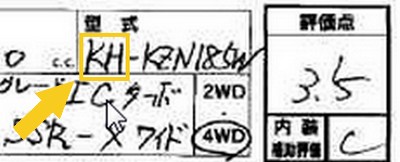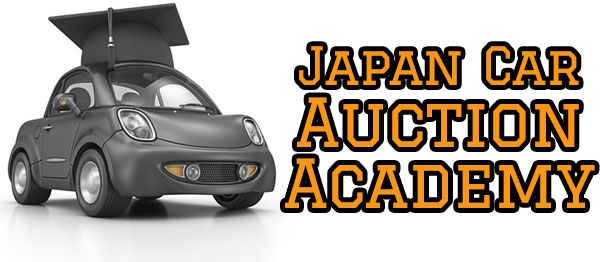With tens of thousands of vehicles passing through the Japanese car auctions every single week, there are always diesel cars to choose from – you just need to know how to find them.
Now, unfortunately, the car auctions do not supply this information consistently in their data. If they did, life would be so much easier as we could simply make “diesel” an option in our online auction system search.
So how can you go about identifying these diesel vehicles?
By engine capacity:
Often you will find that the capacity of the diesel engines offered with a particular model are different (usually higher) than the CC capacity of the equivalent petrol / gasoline-powered vehicle.
A case in point is the Toyota Hiace: Just do a quick run down of the Hiace vans available on a particular day, and you will notice that the 3 liter engine models tend to be diesel whereas the lower capacity ones are petrol.
Integrity Exports are a delight to deal with and deserve fully the claim of moniker in company name 'integrity'. They take the apprehension out of spending money on cars that I have not physically seen or taken delivery of. I look forward to establishing long term mutual relationship with these guys. - Theo Vergos (Australia)
By chassis type:
Now let’s imagine you are after a Toyota Hilux Surf. You notice that chassis types which include the letters KZN have diesel engines. So when you search for diesel Hilux Surfs, you make sure that the “Chassis” box has “KZN” entered there when you search.
By the emissions code:
The Japanese government uses a system of letters to designate which emissions law certain vehicles conform to. This is referred to as the emissions code (or kigo in Japanese).
If the vehicle is modern, then by looking at the emissions code on the car auction sheet, you can tell whether it is a diesel car or not.
Emissions codes beginning with K are generally for diesel cars, as are the following codes:
Older 2-digit codes
HT, HU, HW, KM, KN, KP, LF, LG, LH, TF, TG, TH, UF, UG, UH, XF, XG, XH, YF,YG, YH, ZF, ZG, ZH, HX, HY, KQ, KR, LJ, LK, LL, PA, PB, PC, PD, PE, PF, PG, PH, SA, SB, SC, SD, TJ, TK, TL, UJ, UK, UL, VA, VB, VC, VD, VE, VF, VG, VH, XJ, XK, XL, YJ, YK, YL, ZJ, ZK, ZL, HZ, KS, LM, PJ, PK, PL, PM, PN, PP, PQ, PR, TM, UM, VJ, VK, VL, VM, VN, VP, VQ, VR, XM, YM, ZM
Post-2005 3-digit codes
ADF, ACF, ADG, ACG, CDF, CCF, DDF, DCF, BDG, BCG, NDG, NCGPDG, BCG, AKG, AJG, BKG, BJG, NKG, PKG, PJG, LDG, LCG, LKG, LJG, SDG, SCG, SKG, SJG

By the notes on the auction inspector’s report:
In order to be really sure whether the car is diesel or not, the best way is to be able to read the auction inspector’s report (“auction sheet”).
Now, of course, we do not expect you to be able to read Japanese, which is why we supply our bidding customers with free professional translations.
Whether the car diesel or not is noted on the auction sheet either with the word keiyu (diesel in Japanese) in Japanese kanji or katakana characters, or with the letter “K” (for keiyu) or “D” (for diesel). Here are five examples of these different ways of designating the car as a diesel model:
Not confident that you can figure out if the car is diesel or not? Don't worry! Just put in a comment when you enter your bid asking us to clarify whether the car is diesel or not and we will clear it up for you.

We find that the most successful importers really understand how it all works - from the auction to the ship and beyond. Don't get left behind!


